As craft revival gains momentum and handmade textiles find their way back into fashion conversations, it’s the perfect time to champion embroidery forms that haven’t yet received mainstream recognition.
India’s embroidery traditions are as rich and varied as its cultural landscape. While names like zardozi, chikankari, and phulkari often dominate the spotlight, many equally stunning techniques remain underrepresented in mainstream fashion. From the hills of Tamil Nadu to the arid salt plains of Kutch, here are six lesser-known Indian embroidery styles that deserve your attention, not just for their beauty, but for the cultural legacies they uphold.
1. Toda Embroidery - Tamil Nadu
Design Features: Bold red and black geometric patterns stitched onto a white base, forming motifs like buffalo horns, snakes, and sunbursts.
Cultural Significance: Traditionally practised by the Toda tribal women, this embroidery is a sacred art used to embellish shawls worn during important ceremonies.
The symmetry and graphic strength of Toda embroidery make it ideal for modern reinterpretation while preserving its spiritual heritage.
Where to buy: Coonoor&Co
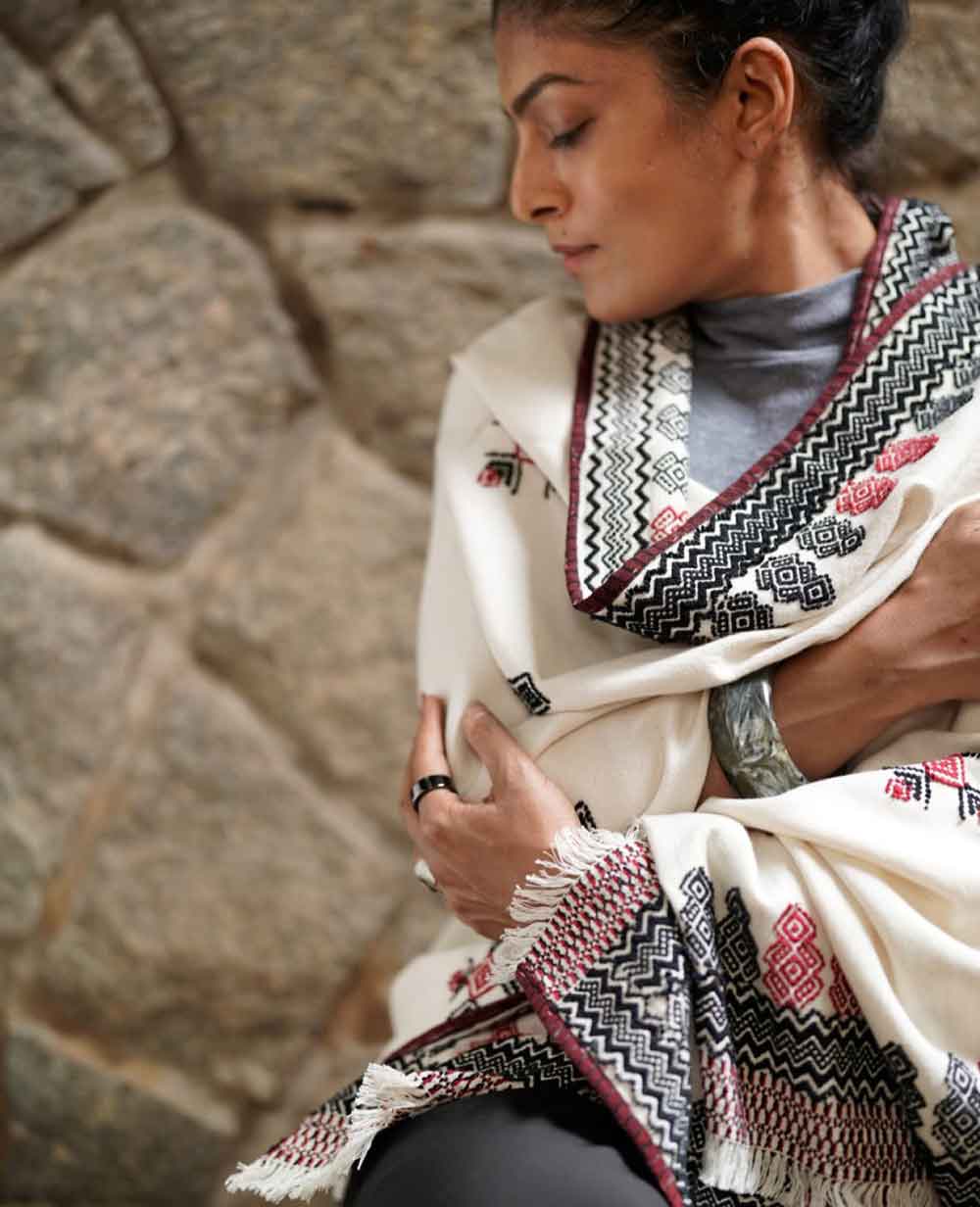
Image Source: Instagram/coonoorandco
2. Sujani Embroidery - Bihar
Design Features: Running stitches layered over patchwork fabrics, often illustrating scenes of daily life, mythology, or social messages.
Cultural Significance: Once used to repurpose old saris into baby quilts, Sujani reflects women’s voices, storytelling, and rural wisdom.
With its rustic charm and narrative style, Sujani offers a raw, emotional aesthetic that’s as powerful as it is beautiful.
Where to buy: Bihart
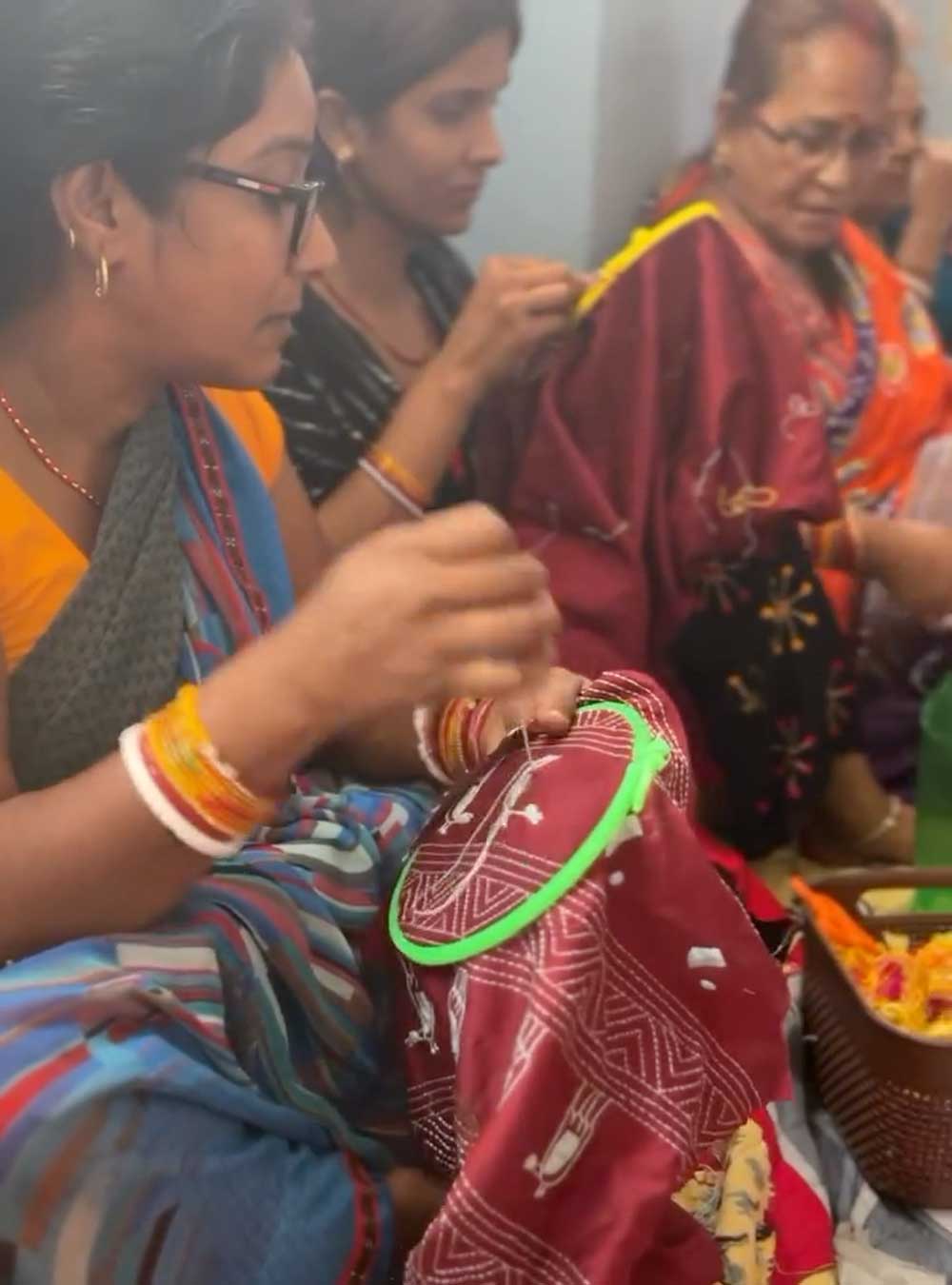
Source: Instagram/biharart.in
3. Lambani Embroidery - Karnataka and Telangana
Design Features: Mirror work, bright threads, cowrie shells, and patchwork in kaleidoscopic patterns.
Cultural Significance: A reflection of nomadic life and tribal identity, this embroidery is stitched onto skirts, blouses, and veils.
Lambani is a joyful celebration of colour and identity, perfect for statement pieces in contemporary wardrobes.
Where to buy: Porgai Artisans Association
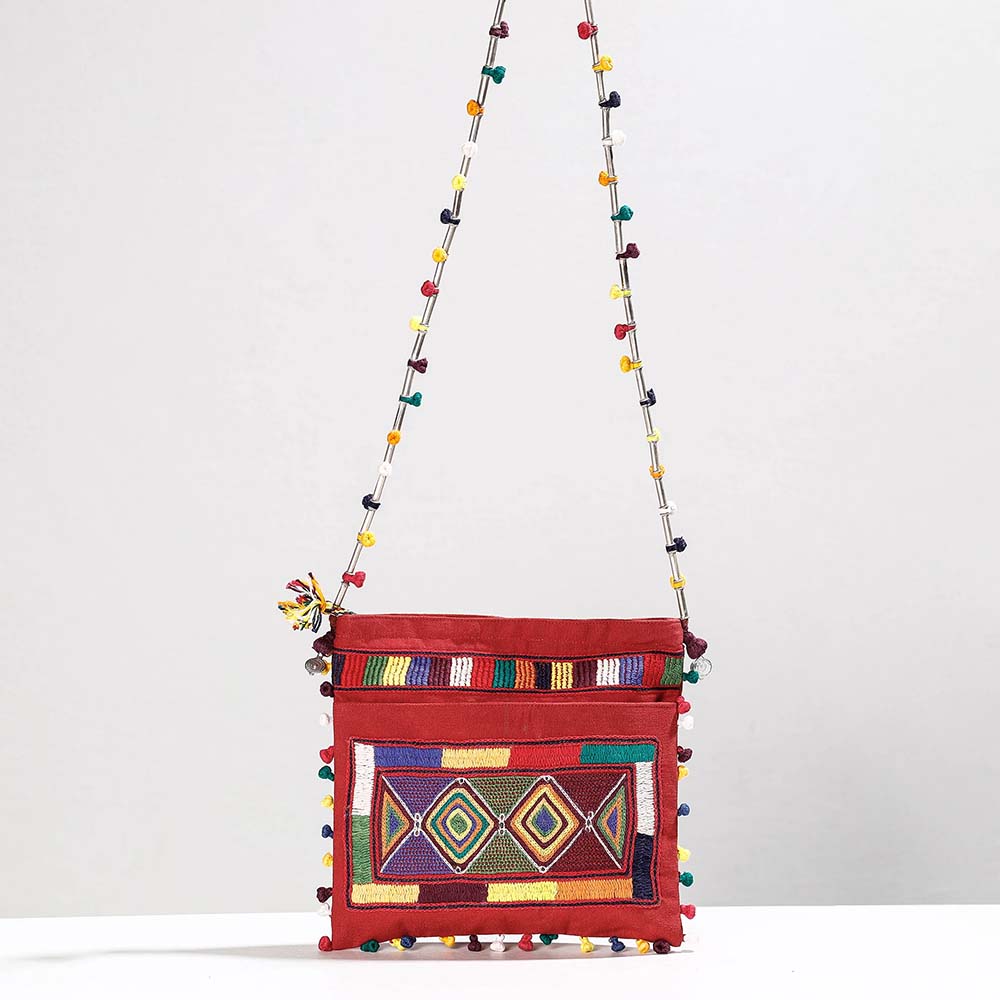
Image Source: Instagram/porgaiartisans
4. Kasuti Embroidery - Karnataka
Design Features: Intricate, geometric patterns stitched in single threads without knots, on handwoven cotton or silk fabrics, making both sides of the fabric look alike.
Cultural Significance: Practised traditionally by women in North Karnataka, Kasuti is a domestic art, often stitched on bridal sarees as a mark of skill and auspiciousness. The name comes from Kai (hand) and Suti (weaving), emphasising its entirely hand-done nature.
Kasuti’s architectural motifs and mathematical symmetry make it ideal for modern minimalists who appreciate cultural depth in design.
Where to buy: Jaypore
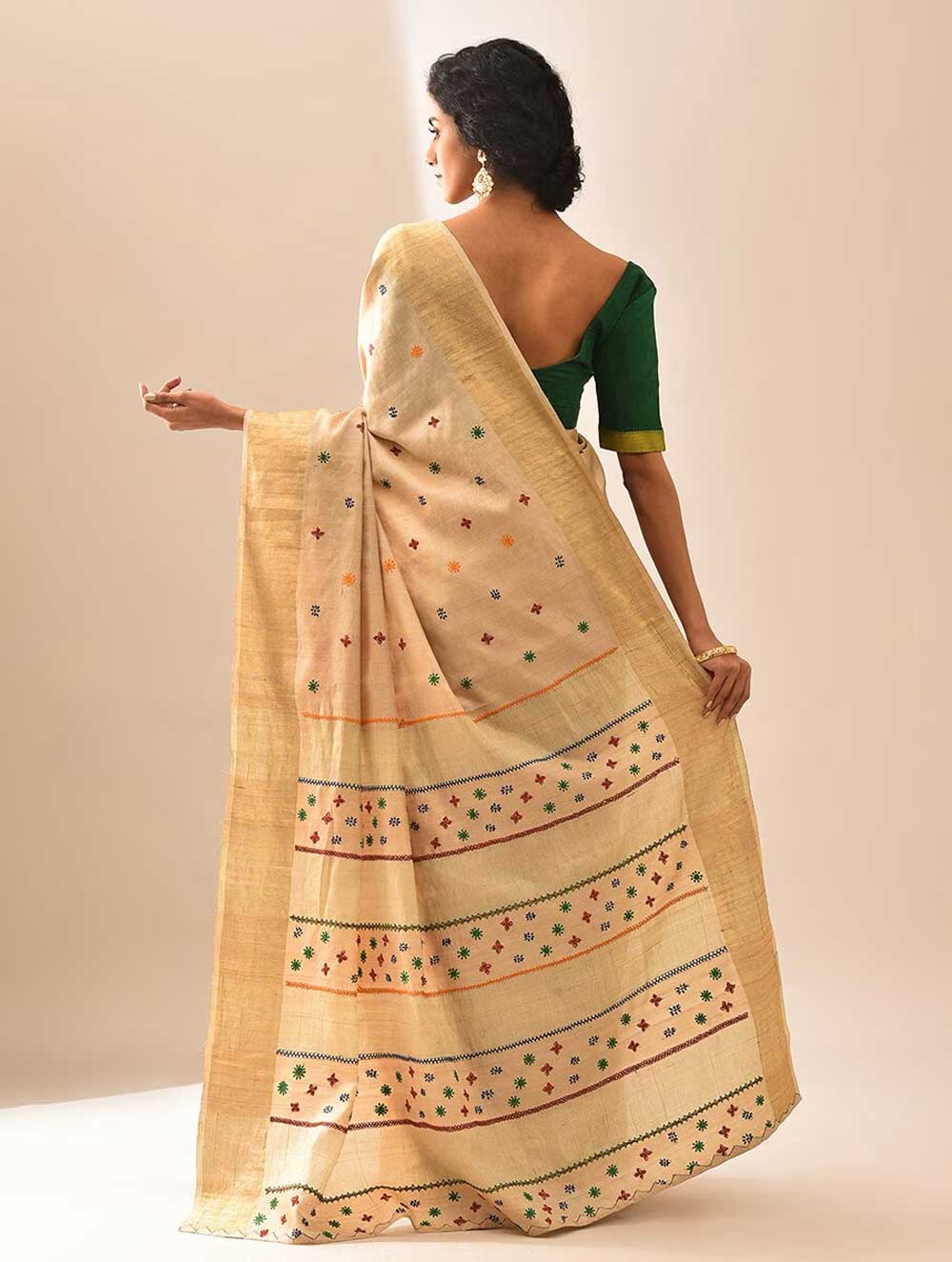
Image Source: Jaypore.com
5. Mukaish Embroidery - Uttar Pradesh
Design Features: Delicate metallic threadwork (also called badla or kamdani) forming dotted patterns, floral vines, or stars on muslin and chiffon.
Cultural Significance: Once part of royal Mughal attire, Mukaish adds a subtle shimmer, especially suited to festive and bridal wear.
Often overshadowed by heavier embroideries, Mukaish embodies restraint and finesse, perfect for lovers of minimal elegance.
Where to buy: Anjul Bhandari
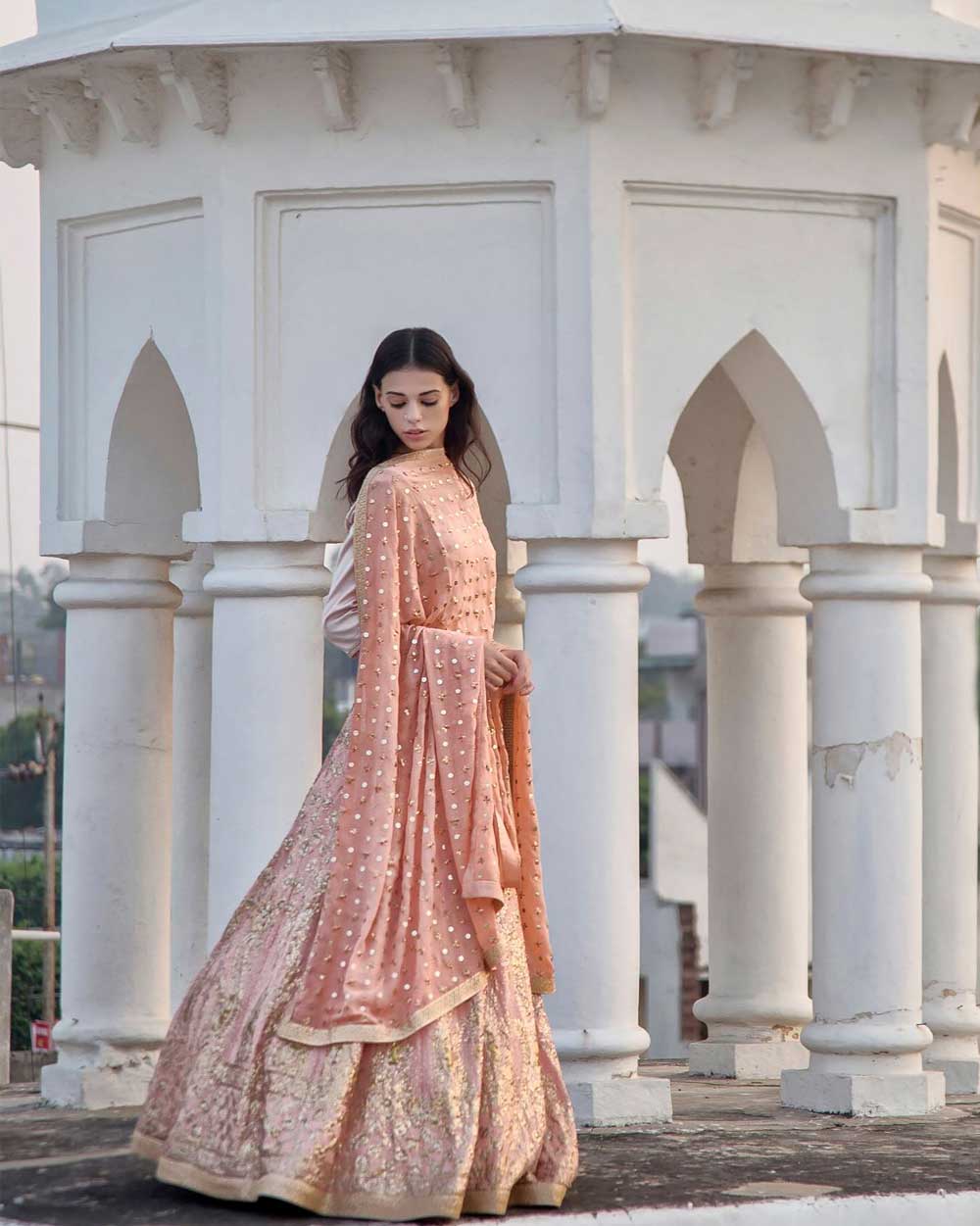
Image Source: Instagram/anjulbhandari
6. Rabari Embroidery - Gujarat
Design Features: Dense stitchwork in black, red, and white with mirror embellishments. Motifs include animals, birds, and sacred symbols.
Cultural Significance: Done by the women of the Rabari community, the embroidery is part of a young girl’s dowry and tells her personal story.
Each motif has meaning, and no two pieces are ever the same. Rabari is storytelling in thread form.
Where to buy: Okhai
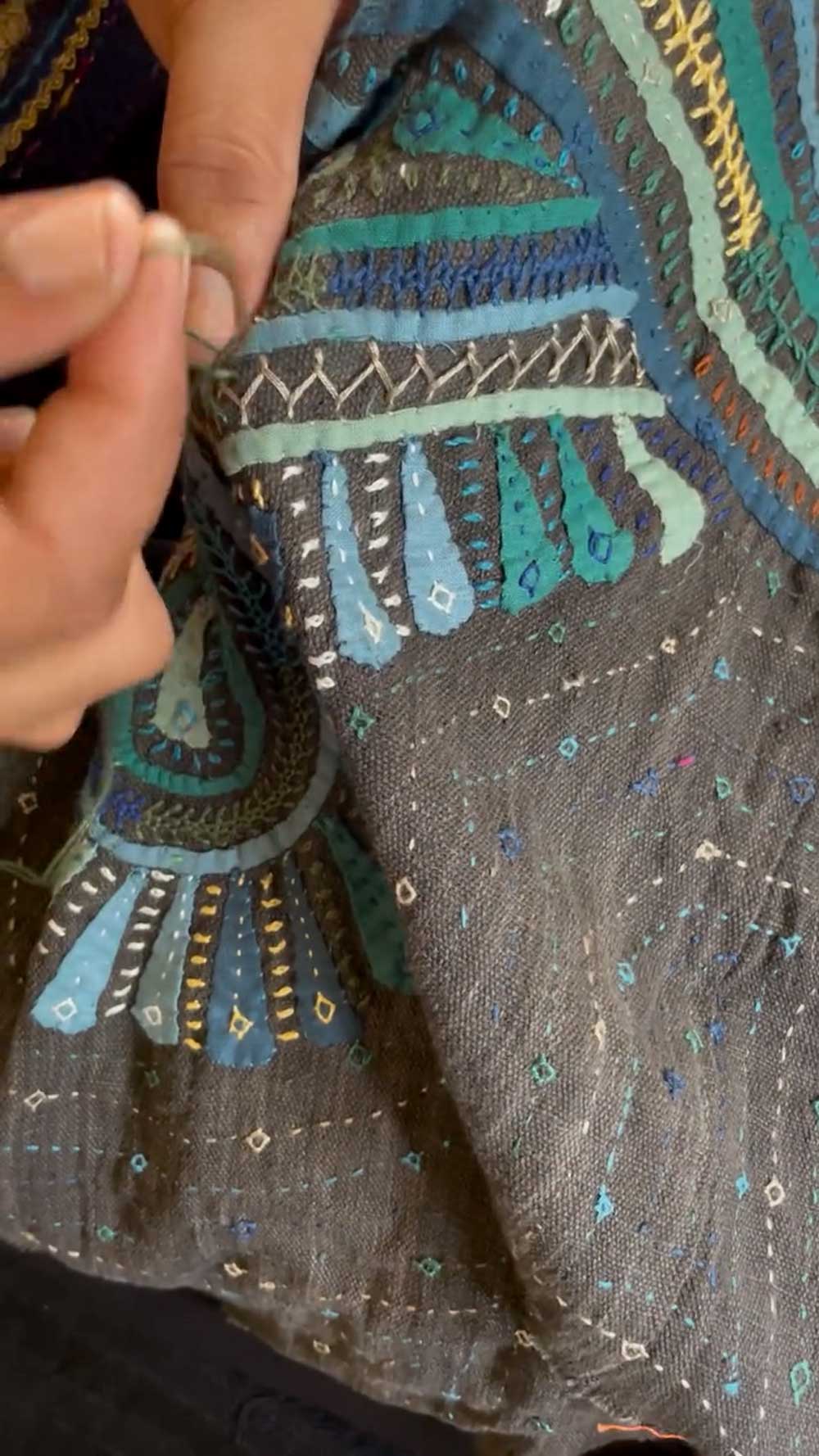
Image Source: Instagram/rabari_kutch
Beyond aesthetic novelty, reviving lesser-known embroidery styles is also about recognising and preserving the livelihoods, cultures, and histories that thread through each stitch. As slow fashion continues to gain ground, there’s never been a better time to widen the lens and wear our heritage with pride.